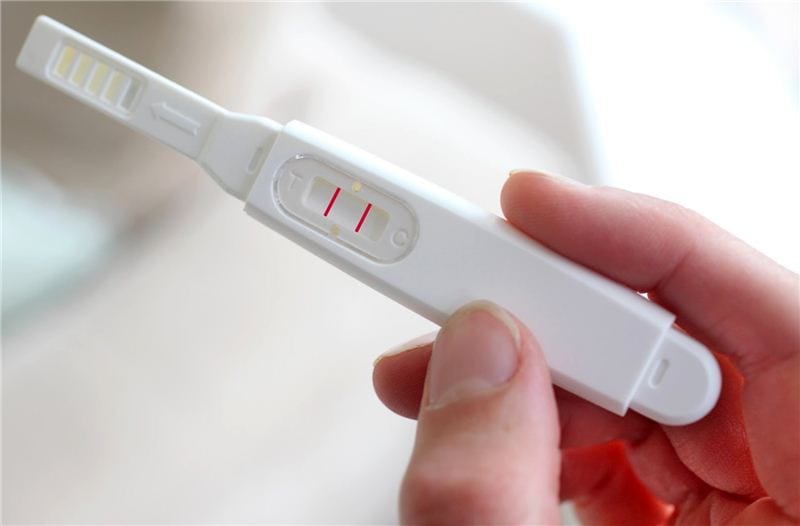There is a good side and a not so good side to everything in this world. Even with surrogacy. Luckily, surrogacy is growing and has some kind of positive presence in main stream media. Unfortunately, some women have used surrogacy for more reasons than just infertility. This has grown to become labeled “designer surrogacy.” Some women are afraid of pregnancy. For reasons such as gaining weight, fear of what it can do to their body or can’t fit a pregnancy into their lives.
Woman who choose surrogacy for purposes other than infertility, may indeed, be judged. Many believe pregnancy should not be treated as an inconvenience. Many celebrities have been criticized for using a surrogate to prevent stretch marks or interrupting film schedules.
The first United States surrogacy contract was written in 1976, and caused speculation that we would become a divided nation of breeders and then the wealthy who exploit them. Kind of like the popular series, Handmaids Tale. There are some states that allow it, while others ban it altogether. And only in 2012, have there been guidelines issued by the American Society for Reproductive Medicine (ASRM), stating that surrogacy should only be used “when a true medical condition precludes the intended parent from carrying a pregnancy or would pose a significant risk of death or harm to the woman or the fetus. The indication must be clearly documented in the patient’s medical records.” In Texas, there has to be a medical necessity for someone to do surrogacy.
But what is the definition of “medical need?” Surrogacy is appropriate when doctors offer the option to patients who suffer from a medical condition, severe anxiety or post-traumatic stress disorder. This also includes when a mother would be at high risk for postpartum depression, or has had a difficult previous pregnancy.
As for Shared Conception (a Texas-based surrogacy agency), we have never agreed to work with clients interested in designer surrogacy. We have, however, seen cases where there is a physical or mental reason. Even in cases where the intended mother has to be on certain medications or where the intended mother had a high-risk pregnancy the first time and has been advised not to proceed with another pregnancy. These scenarios do exist and Shared Conception understands and is happy to assist.
Interested in learning more about surrogacy? Give us a call today or visit sharedconception.com and let’s talk!










